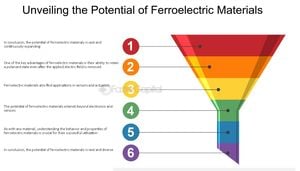The automotive industry is undergoing significant transformations as pressures mount to meet stringent emission regulations, especially concerning greenhouse gases (GHGs). Consequently, the development of effective exhaust aftertreatment systems (EATS) has never been more urgent. A recent study introduces an innovative pseudochannel model, aimed at overcoming flow maldistribution issues commonly encountered within automotive catalytic converters, thereby enhancing their efficiency and emission reduction capabilities.
Exhaust systems, particularly catalytic converters, play pivotal roles in minimizing harmful emissions generated by internal combustion engines—responsible for roughly 23.1% of GHG emissions from road transport vehicles alone. Recent advancements reflect researchers' efforts to develop models capable of simulating flow dynamics within these systems to predict conversion rates and emissions outcomes more accurately.
Central to the new study is the pseudochannel model, developed based on findings from steady-state reactive simulations coupled with nonlinear optimization techniques. This model demonstrates promising superiority over conventional single-channel models (SCM), which often provide erroneous predictions when subjected to flow maldistribution—the uneven distribution of exhaust gas flow across the catalytic converter.
"The pseudochannel model provides predictions for species conversions under flow maldistribution, surpassing the accuracy of traditional SCMs," stated the authors of the article. This is especially noteworthy considering SCMs were previously the go-to method due to their computational efficiency, often sacrificing predictive capabilities when experiencing real-world variances.
The basis of this methodology lies within its computational practicality; by leveraging insights from steady-state computational fluid dynamics (CFD) simulations, this new model allows researchers to obtain accurate predictions akin to those derived from more complex and time-consuming 3D computational models. Consequently, this effectively secures the ability to perform real-time monitoring and control of catalyst performance.
The results from the researchers revealed how this pseudochannel model correlates closely with the conditions identified through 3D-CFD simulations, particularly at varying temperatures and flow rates. "This methodology could revolutionize the way we monitor and optimize emissions control systems in real time," the authors affirmed, indicating its potential applications across various automotive scenarios.
Real-time applications could pave the way forward, particularly as environmental legislation continues to tighten. Innovations like the pseudochannel model might very well position automotive manufacturers to advocate for vehicle designs with improved emissions controls, combining the efficiency of computational predictions with practical insights garnered from experimental simulations.
It is clear from this study’s findings the necessity for research focused on enhancing modeling approaches directly affecting catalytic converter performance—connector of environmental sustainability to our modes of transport. Looking forward, adapting this model to address shortfalls related to thermal lag and detailed real-time analysis under varying performance conditions stands to be the next logical step for researchers aiming to optimize automotive emissions technologies.



